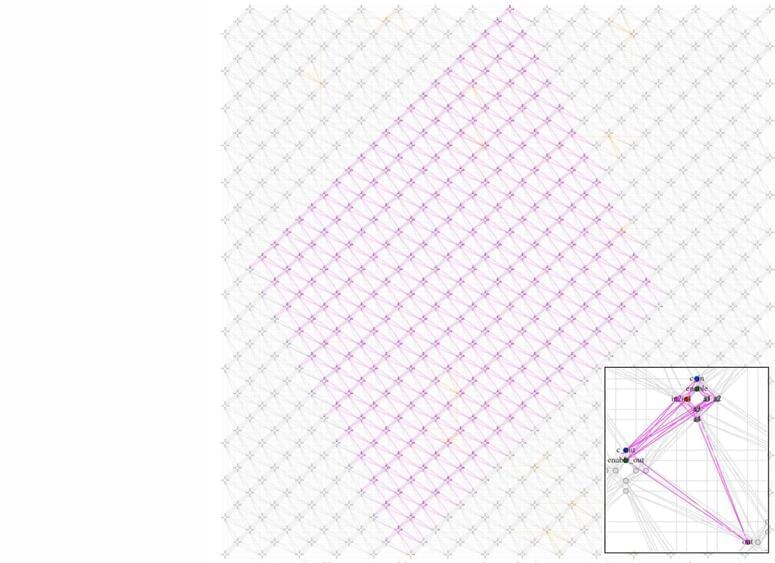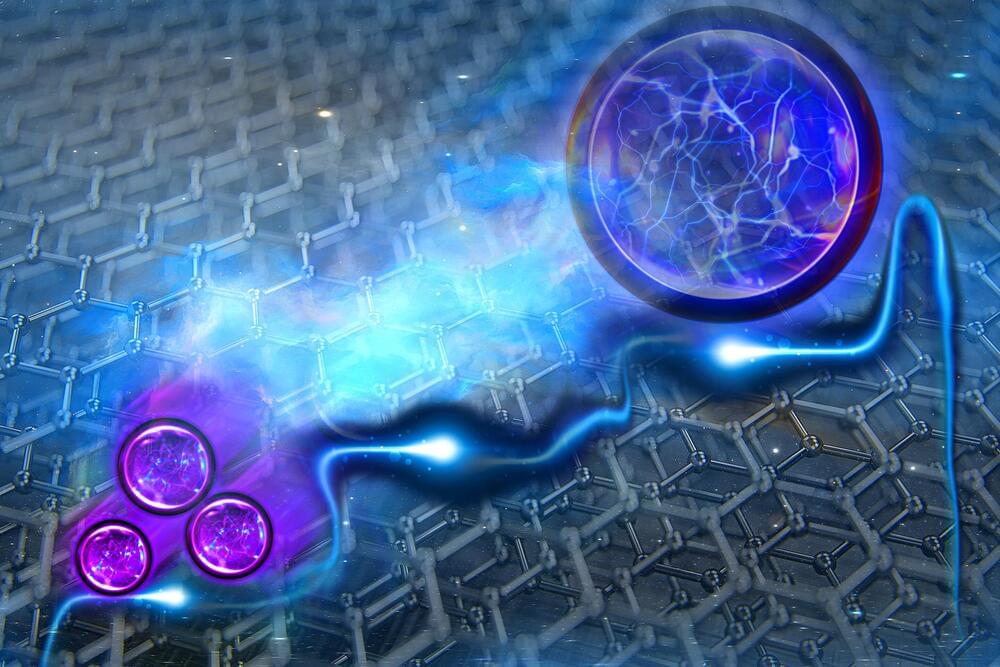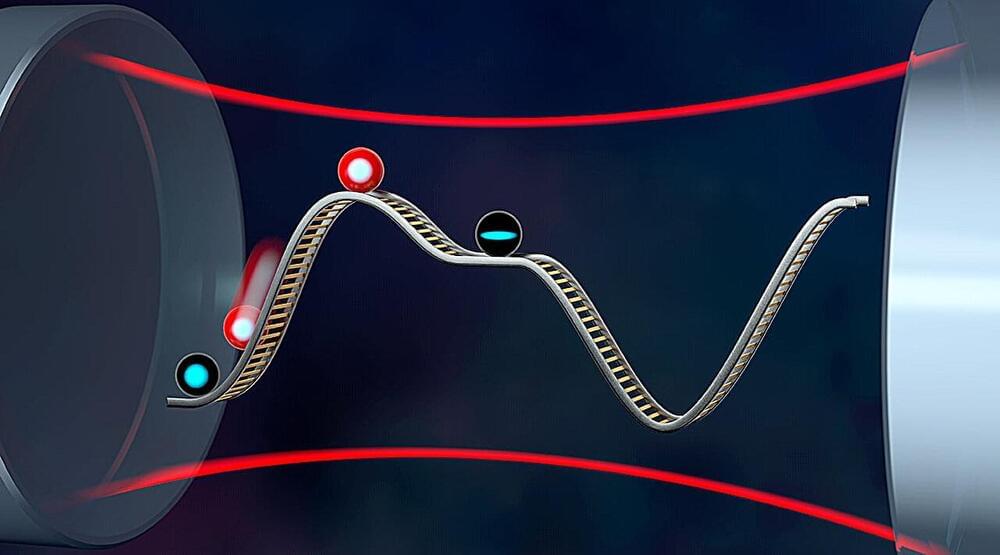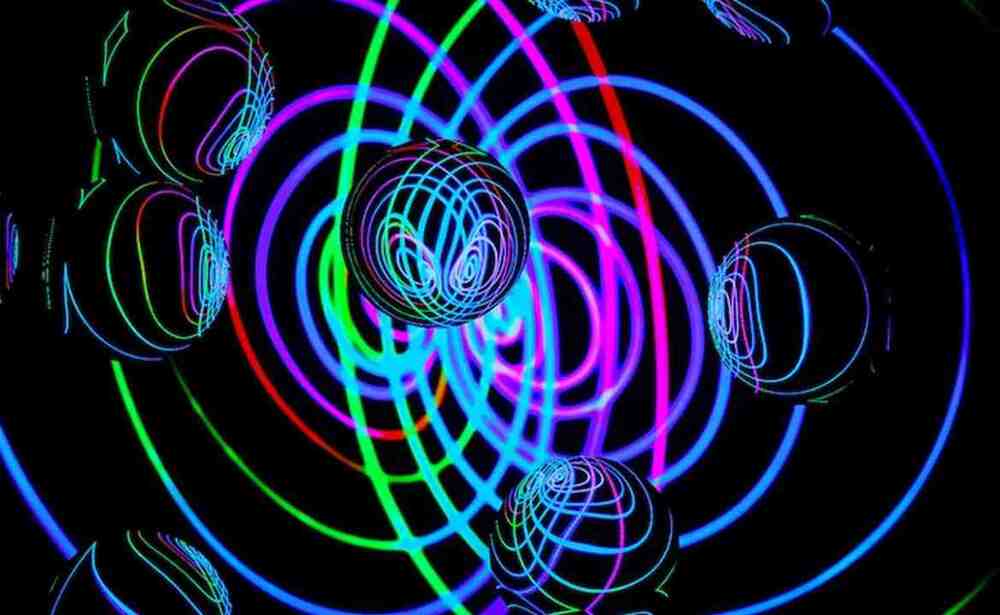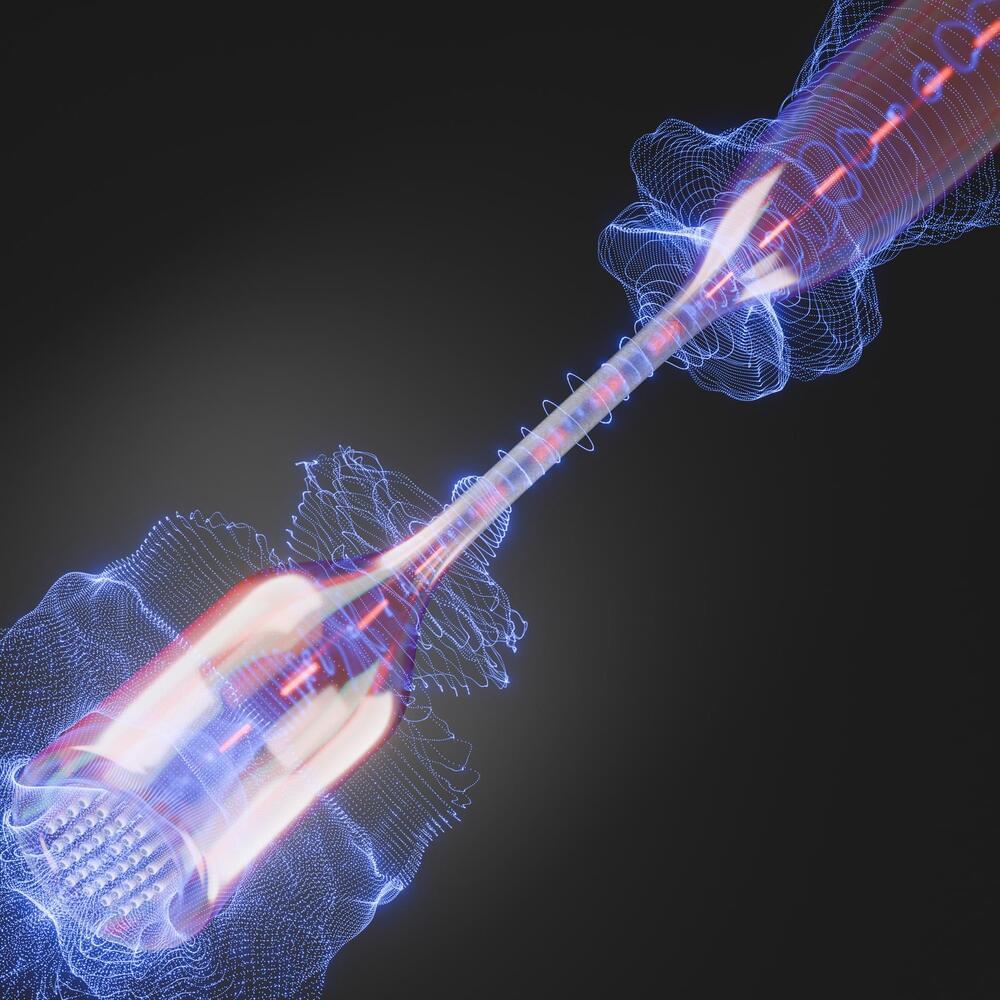Feb 22, 2024
Scientists discover exotic quantum interference effect in a topological insulator device
Posted by Shailesh Prasad in categories: energy, engineering, quantum physics
In a novel experiment, physicists have observed long range quantum coherence effects due to Aharonov-Bohm interference in a topological insulator-based device. This finding opens up a new realm of possibilities for the future development of topological quantum physics and engineering.
This finding could also affect the development of spin-based electronics, which may potentially replace some current electronic systems for higher energy efficiency and may provide new platforms to explore quantum information science.
The research, published in the February 20 issue of Nature Physics, is the culmination of more than 15 years of work at Princeton. It came about when Princeton scientists developed a quantum device —called a bismuth bromide (α-Bi4Br4) topological insulator—only a few nanometers thick and used it to investigate quantum coherence.

